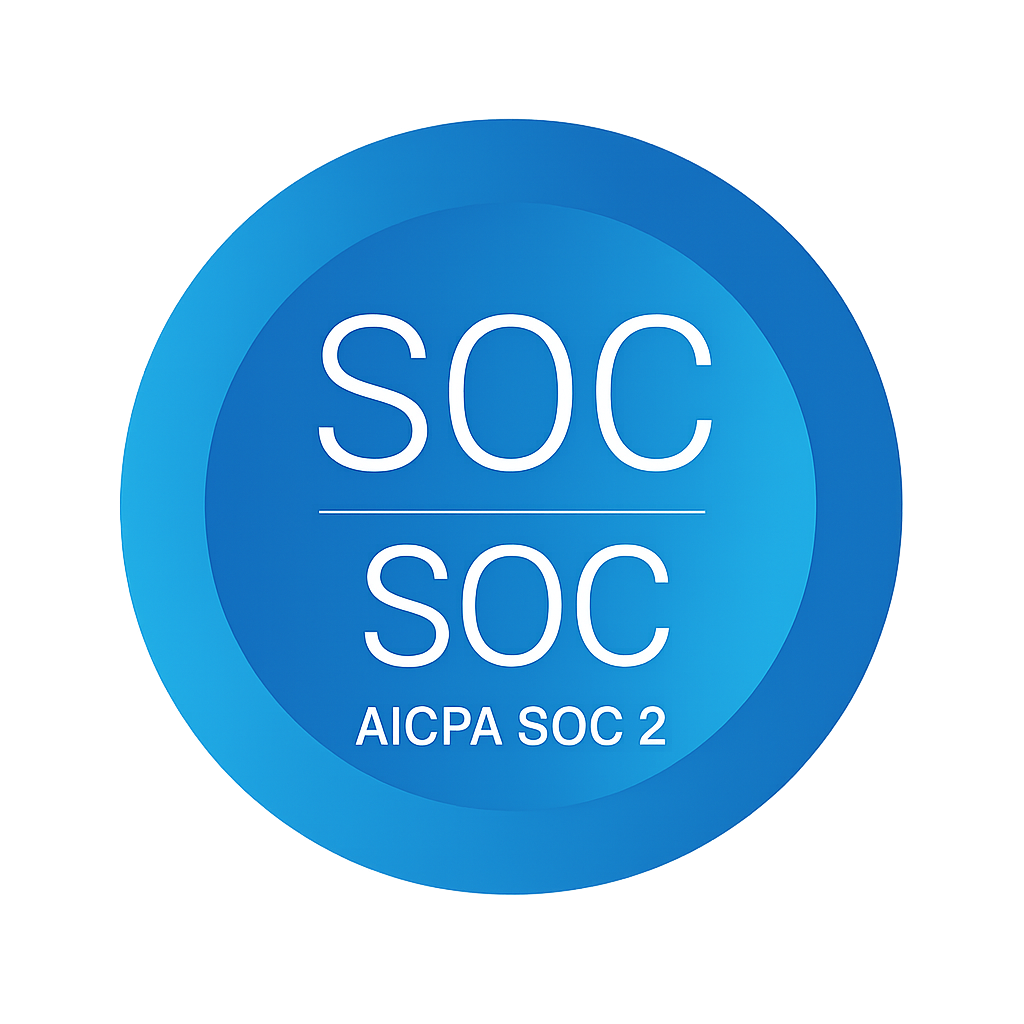- Understanding Emotional Design
- Why Emotional Design Matters
- The Science Behind the Feeling
- Putting Emotions into Action: Strategies for Emotional Design
- Conclusion
In today's digital landscape, where functionality is a given, the key to standing out lies in creating an emotional connection with your users. This is where the power of emotional design comes in. It's about crafting user experiences (UX) that not only fulfill a need but also resonate on a deeper level, fostering positive emotions and building lasting user loyalty. This blog post explores the concept of emotional design and its crucial role in creating exceptional user experiences (UX). We'll delve into why emotional design matters and how it impacts users.
The Power of Feelings
Understanding Emotional Design
Emotional design goes beyond aesthetics. It's about understanding the core principles that influence how users perceive and interact with your product. One influential framework comes from design guru Donald Norman, who defines three levels of emotional design:
- Visceral Level: This is the initial gut reaction users have to a product's appearance, usability, and overall feel. A sleek interface or intuitive navigation evokes a sense of satisfaction on this level.
- Behavioral Level: Here, emotions are tied to how effectively a product helps users achieve their goals. A seamless checkout process creates a sense of accomplishment, while a confusing interface leads to frustration.
- Reflective Level: This level taps into users' self-image and how they feel using the product. A beautifully designed productivity app can make users feel empowered and organized.
Why Emotional Design Matters: It's Not Just About Looks
Emotional design holds immense power in shaping user behavior. Positive emotions like trust and joy encourage users to engage more deeply with your product, leading to increased brand loyalty and advocacy.
Consider two similar e-commerce platforms. One boasts a cluttered interface and a confusing checkout process, leaving users frustrated and hesitant to purchase. The other offers a user-friendly design, personalized recommendations, and a smooth buying experience. Here, emotional design creates a positive emotional connection, making users more likely to return and recommend the platform to others.
The Science of Feelings: Understanding User Psychology
Psychology plays a vital role in emotional design. By understanding how emotions like trust, frustration, and joy influence decision-making, we can design experiences that trigger the desired emotional responses.
For instance, clear privacy policies and secure payment gateways build trust with users. Similarly, using warm colors and friendly animations can create a sense of welcome and joy. When we design with user psychology in mind, we can create experiences that resonate, not just function.
Putting Emotions into Action: Your Emotional Design Toolkit
So, how do you translate the power of emotions into practical design strategies? Here are some key approaches:
- User Research and Persona Development: Get to know your users! Understanding their needs, motivations, and pain points allows you to design experiences that address them emotionally. Developing user personas helps create a clear picture of your target audience and their emotional landscape.
- Storytelling and Brand Narrative: Craft a compelling story that connects with your users on an emotional level. What values does your brand represent? How can your product help people achieve their goals or overcome challenges? Storytelling creates a deeper connection with users, fostering emotional investment in your product.
- Visual Elements and Microinteractions: The visual language you use can have a powerful impact on emotions. Colors, imagery, and animations can evoke specific feelings. Similarly, micro interactions, like subtle animations when a user completes a task, can create a sense of accomplishment.
- User-Friendly Interfaces and Seamless Interaction: Frustration is the enemy of positive emotions. Focus on creating user-friendly interfaces that are intuitive and easy to navigate. Seamless interactions with minimal friction keep users engaged and foster positive emotional responses.
Conclusion
Emotions are the Key to Unlocking Exceptional UX
By incorporating emotional design principles, you can elevate your UX from functional to truly memorable. When you design with emotions in mind, you create experiences that not only fulfill needs but also resonate with users on a deeper level, building lasting connections and driving long-term success. So, tap into the power of feelings and watch your UX soar!



















.png)

.png)








